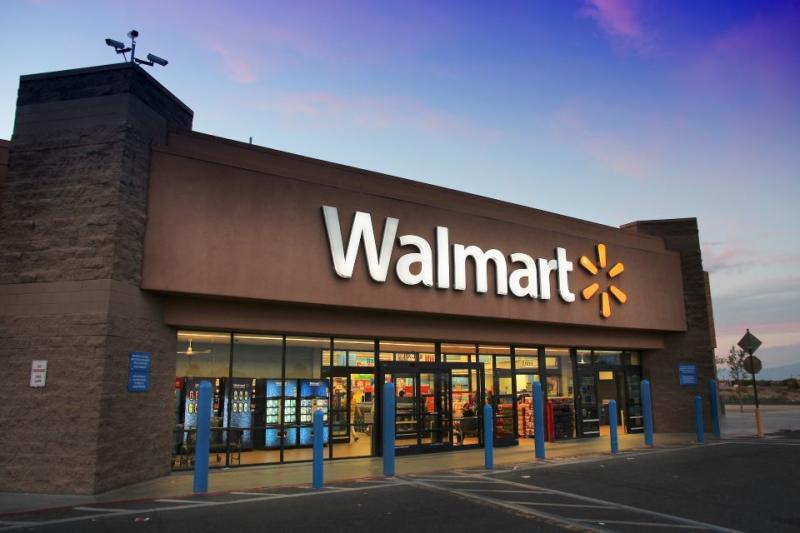Walmart Reports Solid Second Quarter Revenue Growth
Walmart’s second-quarter earnings release showed inflation isn’t deterring their consumers from shopping with the retail giant, highlighted by solid revenue growth of 5.7% and operating income growing faster at 6.7%.
With consolidated revenue of $161.6 billion, Walmart’s eCommerce business was up 24% with its pickup and delivery business and advertising growth. During a recent earnings call, Walmart’s president and CEO Doug McMillion commented that Walmart’s goal is to densify their inventory at the first mile, make the middle mile as efficient as possible, and then condense the last mile, made possible through their 4,700 locations and fulfillment centers.
“We like the trends we're seeing in e-commerce. Customers are increasingly counting on us for convenience, and they're visiting our app and sites more often,” said John David Rainey, executive vice president and chief financial officer with Walmart. “In Q2, weekly active digital users grew more than 20%.”
Leveraging technology to streamline operations, Walmart’s automated eCommerce fulfillment centers achieved 30% higher units per hour efficiencies than non-automated buildings. Walmart also reported increased productivity amongst the more than 15% of stores served by automated regional distribution centers.
“It's early in the rollout process, but we are encouraged that some of these facilities are driving operating leverage well beyond our initial expectations,” said Rainey.
Consolidated gross margins increased 50 basis points, overtaking the previous year’s increased levels of inventory markdowns and supply chain costs, offset by ongoing category mix pressure with health and wellness and grocery sales outperforming general merchandise.
“Lower markdowns and supply chain cost resulted in a gross margin rate increase of 40 basis points, despite ongoing pressure from category mix shifts,” said Rainey.
Walmart has fully invested in technology innovations to support continued growth, including automation, store and club remodels, and the launching of new clubs and stores in select markets.
“As it relates to technology, our approach to new tools like generative AI is to focus on making shopping easier and more convenient for our customers and members and helping our associates enjoy more satisfying and productive work,” said McMillon. “Ultimately, the power of generative AI or any technology is only as good as the data that powers it.”
Using their unique data assets, Walmart hopes to leverage them in impactful ways, including adding retail context to large language models to develop models tailored to the needs of their customers, associates, and supply chain.
Currently, 15% of Walmart stores are served by automated regional distribution centers, which drives efficiencies within their model, combined with e-commerce fulfillment centers.
Competitor Target didn’t fare as well with its recent second-quarter financial results, with the retailer undergoing their first quarterly revenue drop in six years. The retailer experienced a comparable sales decline of 5.4%, with reductions in discretionary categories signaling inflation is impacting their sales.
Walmart also announced changes within their c-suite, including the promotion of Kath McLay to president and CEO of Walmart International and Chris Nicholas to president and CEO of Sam’s Club U.S. after current Walmart International president and CEO Judith McKenna announced her retirement after 27 years with the company.



